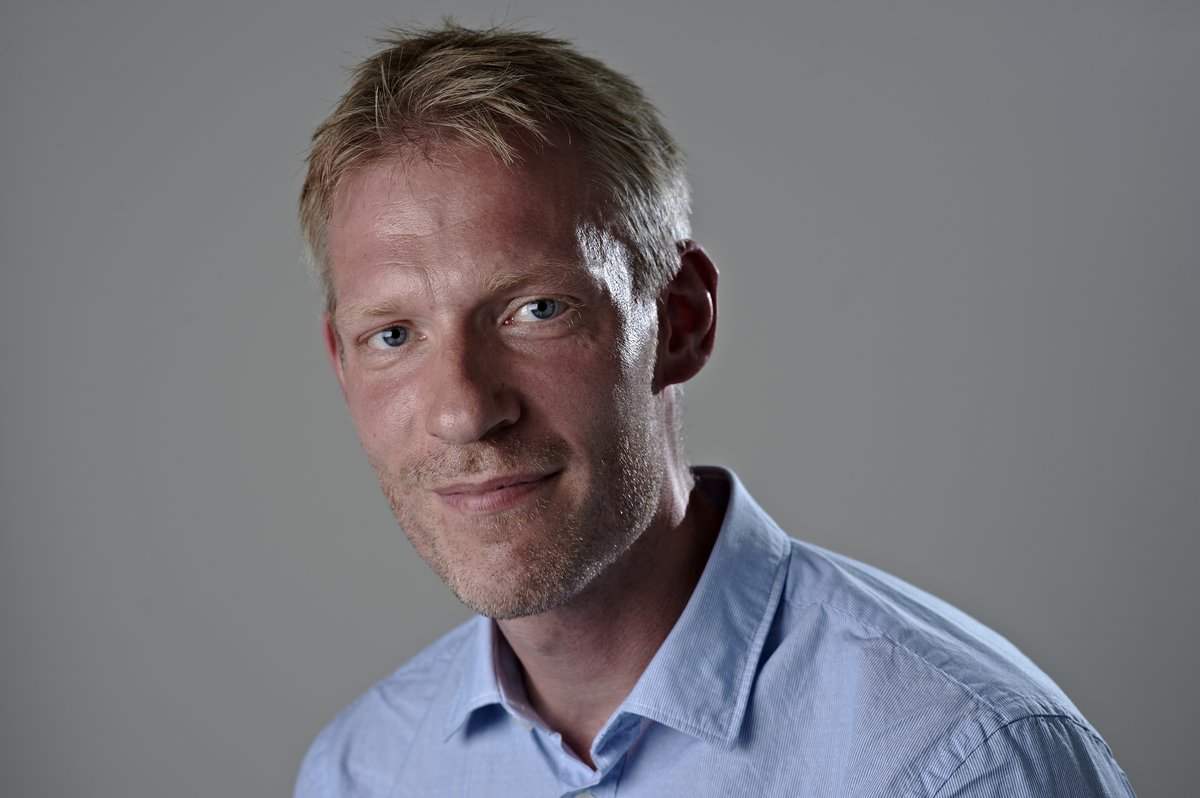
Cosmology has, in the past decade, progressed from being a research field somewhat on the outskirts of mainstream physics to being a precision science and one of the cornerstones in building our understanding of the fundamental laws governing our physical universe. Many properties of the universe, such as its age, have been measured exceedingly precisely using a variety of new cosmological data.
However, even though our knowledge about the universe has increased tremendously in recent years, we know surprisingly little in many ways. For example the dark matter and dark energy, whose presence we infer from observations, cannot be directly probed in laboratory experiments. Likewise, we know that the elementary particles called neutrinos are an important ingredient in our universe, but we do not know how much neutrinos contribute to the cosmic energy budget. In essence, we know that the evolution of our universe is completely dominated by types of energy and matter that are for all practical purposes invisible – dark matter, dark energy, and neutrinos are either difficult or impossible to probe directly, yet they govern the evolution of the universe.
A crucial point in modern cosmology is therefore to find ways of measuring what is invisible – and a new generation of experiments which aim at doing exactly that is currently planned. The most important of these experiments is the European satellite mission EUCLID, scheduled for launch in 2019. EUCLID will provide a 3-dimensional map of how matter is distributed over most of the visible universe and this map can in turn my used to extract precise information about the properties of dark matter, dark energy, and neutrinos. However, exploiting the EUCLID data fully requires a theoretical understanding of cosmic structure formation at a level above the current. The purpose of this project is to provide two cornerstones in this regard: To build extremely precise computer simulations of how structure forms in our universe, and to provide powerful analytic tools to analyse cosmic structure.
Project title:
Measuring the invisible
Area of research:
Physics
Fellowship period:
1 Feb 2014 – 31 Jan 2015
Fellowship type:
Jens Christian Skou fellow

This fellowship has received funding from The Aarhus University Research Foundation.
